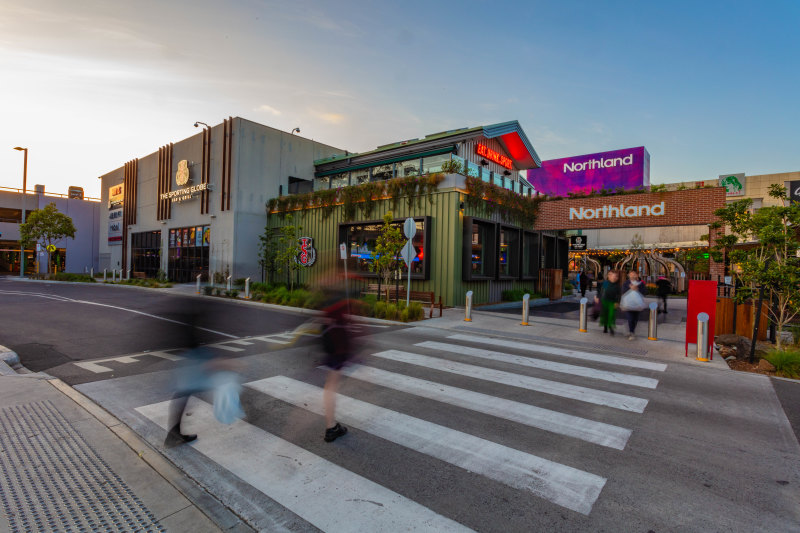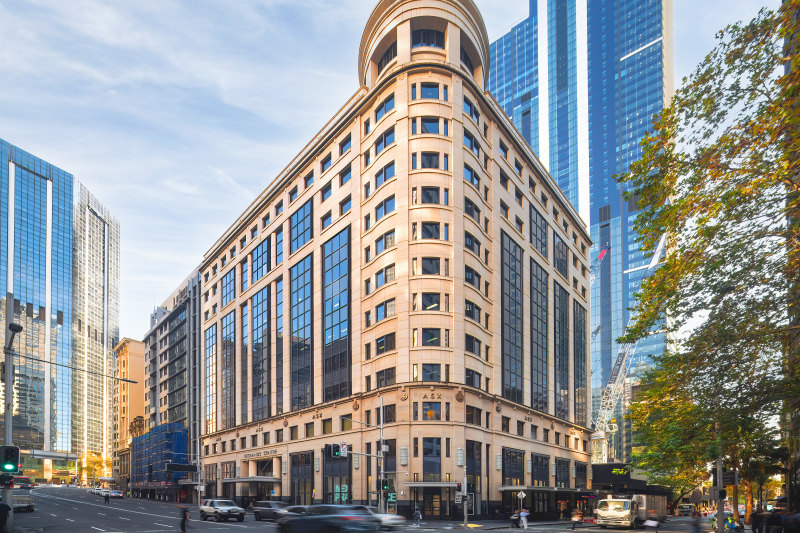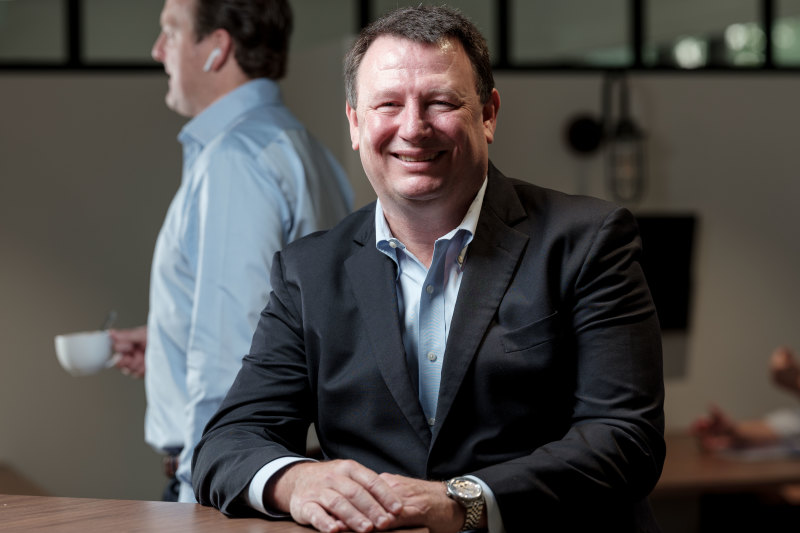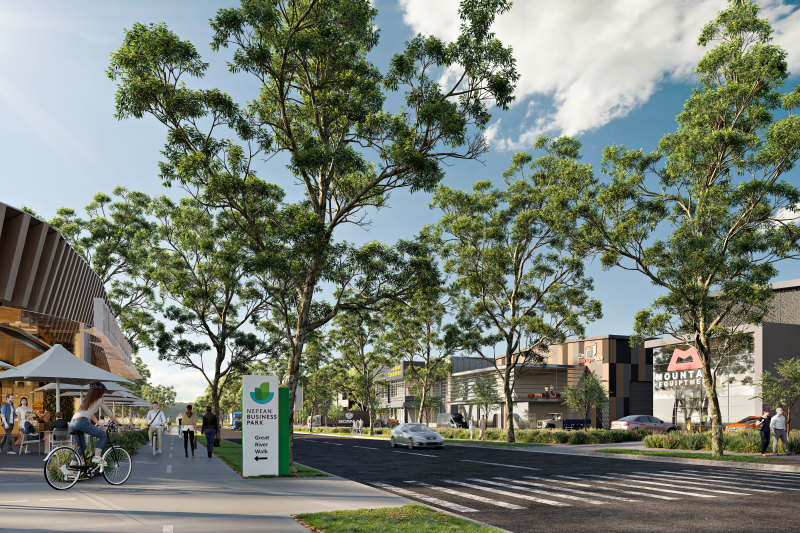
Sydney’s west will be home to the $2b Nepean business park
High demand and low supply are the impetuses behind two large-scale industrial property developments in Sydney’s west that will cater to a wide range of users from food storage to self-storage.
Sitting near Penrith is the proposed $2 billion Nepean Business Park that will occupy a 49-hectare former quarry site adjacent to the Sydney International Regatta Centre.
CBRE’s John Micallef and Matthew Alessi together with Macquarie Commercial’s Luke Belotti have been appointed to steer the Stage 1 launch on behalf of Australian-owned private family investment office Precinct Capital.

Nepean Business Park will deliver 93 small to medium lots in Sydney’s highly constrained industrial market in a move expected to generate particularly strong interest from owner-occupiers.
Precinct Capital chairman Bruce Baudinet said the park includes smaller lot sizes, ranging from 2007 square metres, allowing for local enterprises to share in the growth of the western Sydney region.
“There is clear demand for this style of industrial and warehouse space, with the Penrith area fast becoming an employment hub for major industry and suppliers,” Baudient said.
Baudinet Group principal Bruce Baudinet, 70, is a New Zealander based in Sydney and has a long record in the property business. One of its assets is a large industrial project near Newcastle, known as the Steel River Estate.
Lots within the Nepean Business Park site will feature open space, public art and benefit from pedestrian and cycle links.
Micallef said a small lot subdivision of this scale had not been developed in Sydney for at least 15 years, “if ever”, providing significant opportunity for occupiers at a time when the city’s outer north-west vacancy was just 0.2 per cent, the tightest globally.
“Sydney’s industrial market is predominantly controlled by institutions who develop to hold long-term, and typically focus on larger buildings above 4000 square metres,” Micallef said.
“Nepean Business Park will offer lots that cater for small and medium businesses. This market is severely undersupplied, and we have not seen any substantial new stock for an extended period.”
CBRE’s Australian head of industrial and logistics research Sass J-Baleh said only 4 per cent of the industrial-zoned land in the Sydney metropolitan region was undeveloped and serviced, with supply falling well short of demand from transport and logistics, e-commerce and manufacturing occupiers.
“Given the increase in Australia’s migration program planning, we estimate an additional 800,000 people will be living in Sydney between now and 2031. The forecast population growth is expected to create demand for around 3.6 million square metres of industrial and logistics floor space over this period,” J-Baleh said.
At Smeaton Grange, high-end private developer Belvoir Property is bringing its latest project, Podium in south-western Sydney, to market. The multi-level development consists of a mixture of industrial factories, self-storage units, specialty takeaway food/beverage and an 80-place childcare centre.
With the weight of demand in the market and an undersupply of modern industrial units fuelling the campaign, the development located at 36 Turner Road, Smeaton Grange is set to receive great interest from small business occupiers as well as new investors to the commercial property sector.
Cushman & Wakefield national director of industrial and logistics Fab Dalfonso and executive Kieran Tsipidis have been appointed by Belvoir Property to manage the sales campaign.
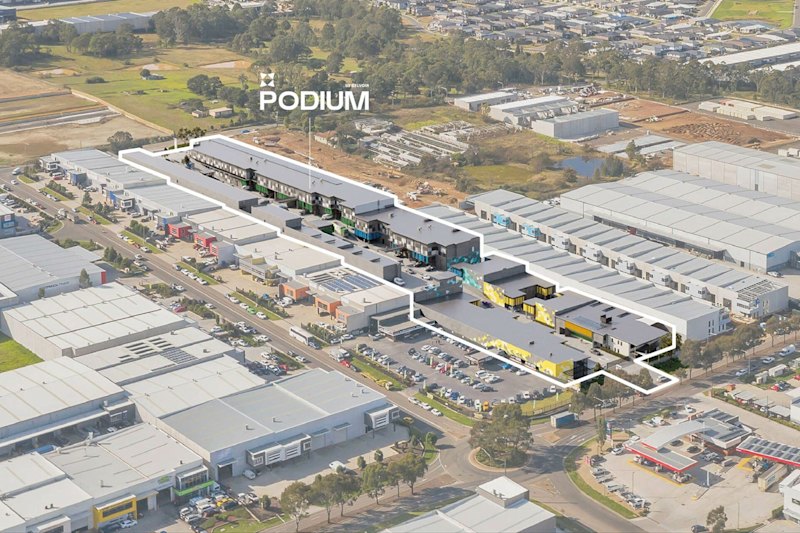
Dalfonso said he expects this development to cater to the pipeline of investors searching further south due to the record low vacancy seen in Sydney’s west.
“As the Western Sydney Airport and a number of other major infrastructure projects take shape, we expect that shift to gain further momentum. With limited new supply, rents in these locations have continued to track upwards,” Dalfonso said.
Tsipidis said the development will help to meet market demand for food processing facilities by supplying modern units with gas and grease traps.
“Further to a scarcity of industrial land, this is the latest in the trend towards multi-level estates,” Tsipidis said.


